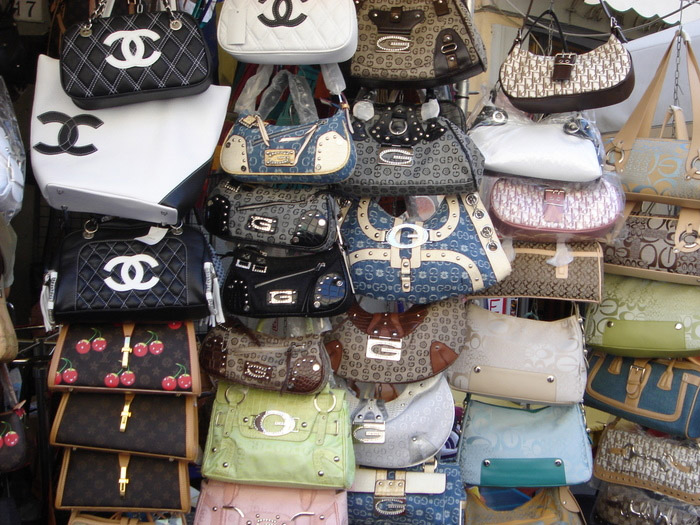The Hidden Cost of Counterfeit Goods
We’ve all seen them—street vendors selling cheap fake handbags and knock-off luxury watches. At first glance, it may not seem like a big deal. After all, who is really being harmed? Many people believe only the wealthy fashion houses complain.
However, the real cost of counterfeit goods and human trafficking runs far deeper than lost profits. The truth is far more disturbing.
The Real Victims Behind Fake Products
Most people don’t realize that counterfeit goods often come from horrific production environments. In some cases, children are forced to work long hours under dangerous conditions. In other cases, these environments mirror modern slavery.
Human trafficking and counterfeit goods are closely connected. Criminal networks exploit vulnerable children, subjecting them to unimaginable abuse. While luxury brands suffer financially, the children behind the scenes endure far worse.
How Counterfeiting Fuels Organized Crime
Counterfeit production isn’t a small-time scheme. Instead, it’s a global, organized criminal industry designed to exploit and profit.
For example, picture a filthy, unsafe warehouse filled with $20 million in high-end cigarette manufacturing equipment. Criminals use these machines to produce fake cigarettes on an industrial scale. They lure young people—especially from China and Southeast Asia—through fraudulent job fairs that promise opportunity.
These “recruits” often face horrific fates. Criminal groups sell many young women into sexual slavery. At the same time, they force young men to labor in inhumane conditions. In one real case, a factory raid uncovered only teen boys chained to the equipment—the owners had already fled, tipped off by corrupt customs officials.
Massive Profits, Hidden Suffering
As Timothy Trainer, president of the International AntiCounterfeiting Coalition, explains:
“The machines that companies use as legitimate manufacturers are also available to the bad guys.”
Criminal factories frequently mislabel containers, disguising counterfeit goods as food or consumer items like lingerie. Because of this, they avoid detection and operate with minimal risk.
The profits are staggering. One 40-foot shipping container of fake handbags can earn between $2 million and $4 million. Unlike legitimate companies, counterfeiters skip investments in innovation, safety, or ethical labor. Consequently, they keep up to 50% more of their earnings.
It’s Not “Just a T-Shirt”
Clemence Gautier, a Bangkok attorney with Tilleke & Gibbins explains…
“People think, ‘Oh, it’s just a T shirt and it’s no real harm,’ but we try to explain where the money is going. What if a 10-year-old girl is working every day to make those T shirts?
This example reflects the harsh truth: every counterfeit product has a cost, and it’s often paid by someone else’s suffering.
Counterfeiting is a Crime With Human Consequences
Buying counterfeit goods doesn’t just hurt brands. It directly supports organized criminal networks that exploit children and enslave workers to fund their empires.
So, the next time you see a cheap knock-off, stop and ask yourself:
What was the true cost of this product?
Because the victims aren’t just wealthy companies.
They’re the children in chains, hidden from view, sacrificed for a fake luxury.




